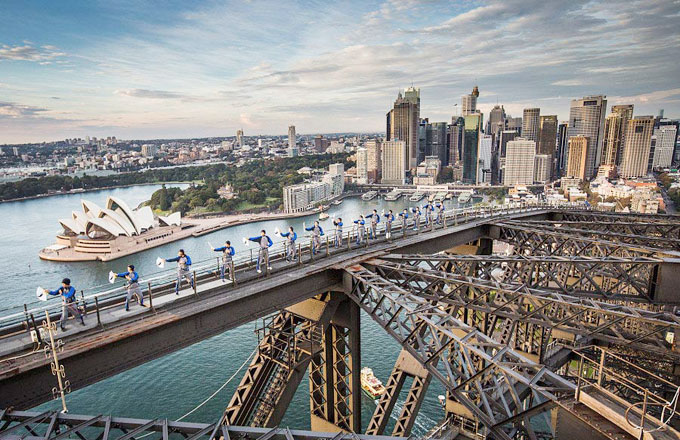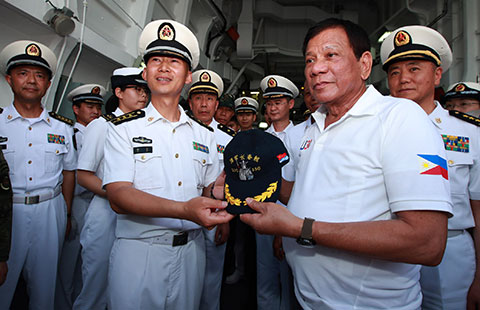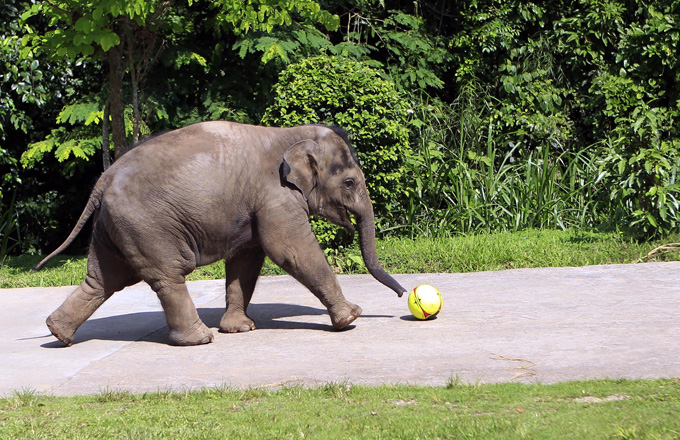

According to many historical documents, Chinese first discovered the group of reefs and islets about 550 sea miles south of Hainan Island, and the surrounding waters in the South China Sea, and named the area "Zhanghai," or the Rising Sea, as early as over 2,000 years ago.
From the Song Dynasty (AD 960-1279) to the Qing Dynasty (AD 1644-1912), Chinese called these islands "Shitang" and "Changsha," which included Huangyan Island, as part of the Zhongsha Islands.
In the 13th century, Emperor Kublai Khan of China's Yuan Dynasty assigned an astronomer named Guo Shoujing to conduct a territory survey to unify the calendar nationwide, said Li Guoqiang, deputy director of the Research Center for Chinese Borderland History and Geography of the Chinese Academy of Social Sciences, a government think tank.
Huangyan Island was chosen as one of the 27 measuring locations in the survey in 1279, which was clearly recorded in the official historical documents, said Li, quoted by the newspaper.
The waters around Huangyan Island are traditional fisheries for Chinese fishermen. They have not only fished in the waters but also built docks and other facilities on the islets.
The Chinese government has also sent several expeditions to Huangyan Island. In October, 1977 and June, 1978, scientists from the South China Sea Institute of Oceanology under the Chinese Academy of Sciences twice conducted field surveys on the island.
In April, 1985, the South China Sea Branch of the State Oceanic Administration sent a research team to the island for a comprehensive investigation.
In 1994, a research team erected an 1-meter-high cement monument on the island.












